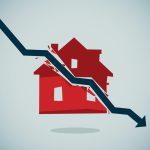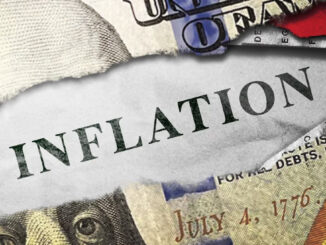
Source: Fortune —
t” through a “difficult correction.”
“For the longer term what we need is supply and demand to get better aligned so that housing prices go up at a reasonable level and at a reasonable pace and that people can afford houses again. We probably in the housing market have to go through a correction to get back to that place,” Powell told reporters last week.
Essentially, the current housing correction is pushing the U.S. housing market—which had soared based on a historically cheap 3% mortgage rates—toward a new equilibrium in the face of higher mortgage rates. Inventory levels will continue to rise, and home sales will continue to fall—likely depressing home prices.
But it isn’t a one-size-fits-all housing correction. Despite mortgage rates have jumped evenly across the country, the reset in home prices varies significantly by market. In some regional housing markets, the Pandemic Housing Boom as fizzled out. Others look like they’re moving straight from the Pandemic Housing Boom into the Pandemic Housing Bust.
To better understand how the housing correction varies nationwide, let’s look at inventory data. Reading inventory data is pretty straight-forward: If inventory levels are spiking it means it’s quickly moving from a sellers’ market and into a buyers’ market.



